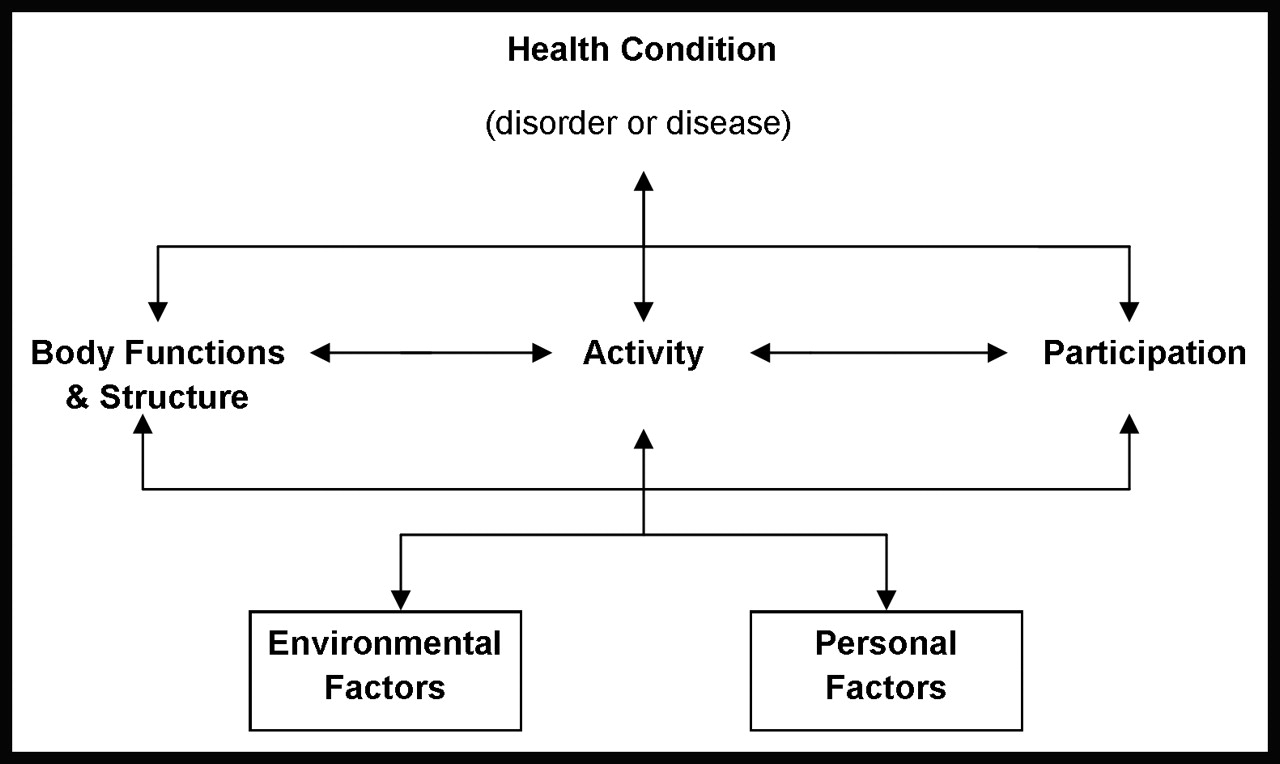Case Study

Image retrieved from http://www.veteranshealthlibrary.org/GotoGuides/COPD/6B2011502_VA_Large.png
Bill is a 62 year old man with severe COPD. He is a high school educated, retired truck driver who lives with his wife and son. He walks without an assistive device and has difficulty walking on the flat, showering and carrying heavy loads. These activities produce breathlessness and low back pain as he has had a previous fracture to the pelvis. As a result, his wife assists him with most ADLs. He stopped smoking three months ago following an 80 pack year history of smoking. The respiratory medications he uses are Seretide, Ventolin and Spiriva. He is keen to lose some weight and be able to return to gardening.
On assessment, his spirometry is FEV1 / FVC = 0.63/1.2 with an FEV1 (% pred) of 22%. His weight is 198 lbs, height 178 cm, BMI = 28.4. Resting HR = 85 beats/min; resting SpO2% = 93%. The supervising PT asks you to test his performance on a six-minute walk test. He is able to walk 300 yards with two rests in the best of two six minute walk tests but desaturated to 86% on room air and felt very severely breathless (dyspnea score = 7) at the end of the walk. (Adapted from Pulmonary Rehabilitation Tool Kit)
Christina's Screencast Instructions
Active Learning Exercise
Classify elements in the case study according to ICF factors. Check your work by completing the associated labeling activity below

Now check your understanding of classifications
 |
Click below the question to view the answer. |
|
This content requires JavaScript enabled.
|
|
 |
Click below the question to view the answer. |
|
This content requires JavaScript enabled.
|
|
 |
Click below the question to view the answer. |
|
This content requires JavaScript enabled.
|
|
 |
Click below the question to view the answer. |
|
This content requires JavaScript enabled.
|
|
How did you do with your attempt to classify case elements? Can you think of how this mapping activity guides clinical planning and problem-solving within the physical therapy plan of care?
What exercises will you select to help Bill reach his goals? Given his desaturation response to walking, consider assistive devices and other physiological support that may help improve activity and conserve energy. What do you think is a likely intervention from the supervising MD based on the six-minute walk test result? What are you considering may be a best practice for patient and family education?
Want feedback on your reasoning? Post your ideas in the CAN YOU HELP ME? forum.
Optional Resources
A tool to help guide thinking around ICF classification: http://apps.who.int/classifications/icfbrowser/
A presentation on how the ICF system is used in patient care planning: https://www.cms.gov/medicare/billing/therapyservices/downloads/mapping_therapy_goals_icf.pdf
References
American Lung Association. 2018. Measuring Your Peak Flow Rate. Available at: https://www.lung.org/lung-health-and-diseases/lung-disease-lookup/asthma/living-with-asthma/managing-asthma/measuring-your-peak-flow-rate.html
Lung Foundation Austrailia (2016). Pulmonary Rehabilitation Toolkit. Retrieved from http://pulmonaryrehab.com.au/importance-of-exercise/case-studies/case-study-one/

